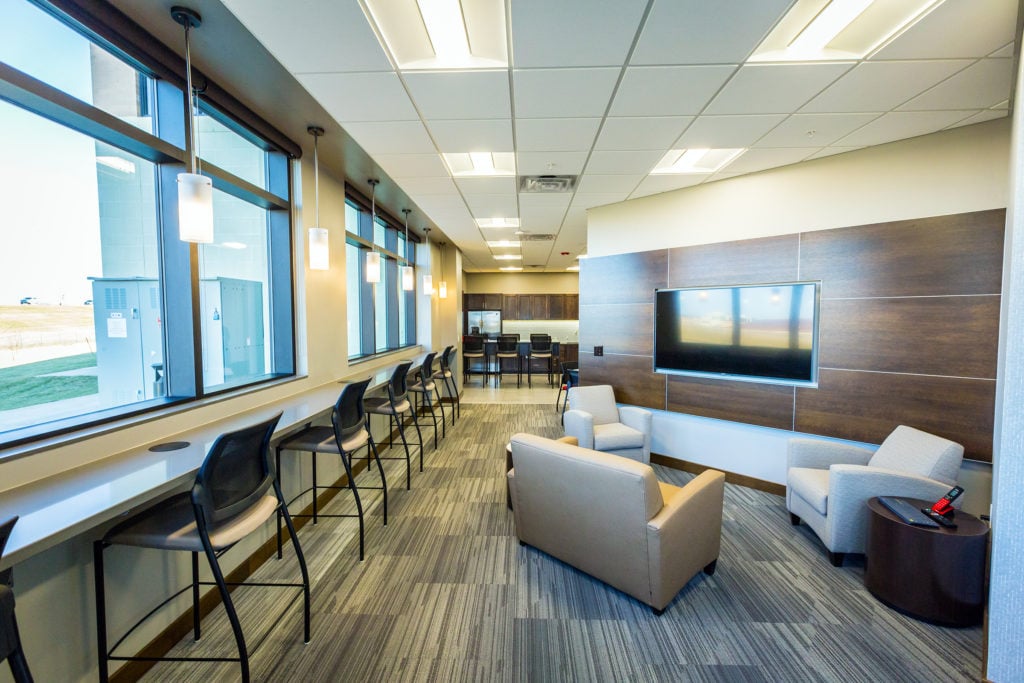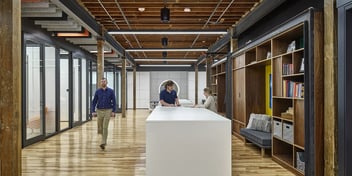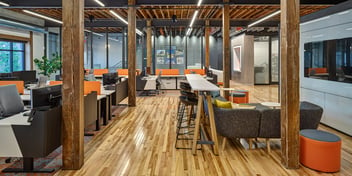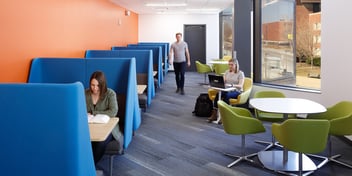When thinking about ways to improve your productivity, your mind probably goes straight to things like reading more books, taking a course, or creating some new habits. These are all undeniable contributors to productivity, but could there be something else hindering your productivity that isn't as apparent? As research into human productivity continues to progress, it's becoming widely accepted that it isn't simply the things we do that impact how productive we are. It’s
where we do them. The design and architecture of the building you work in is a large contributor to your overall productivity and wellness. But that's not all...

The Link Between Architecture and Productivity.
The interior and exterior aesthetics are fundamental aspects of the architectural process. But it's becoming increasingly apparent that they also have a powerful effect on our cognitive and physical functionality. In other words, if you work in a bland, uninspiring environment with second-rate views and a cold visual feel, you won't be nearly as productive as you could be. And you probably won't be very happy either.


